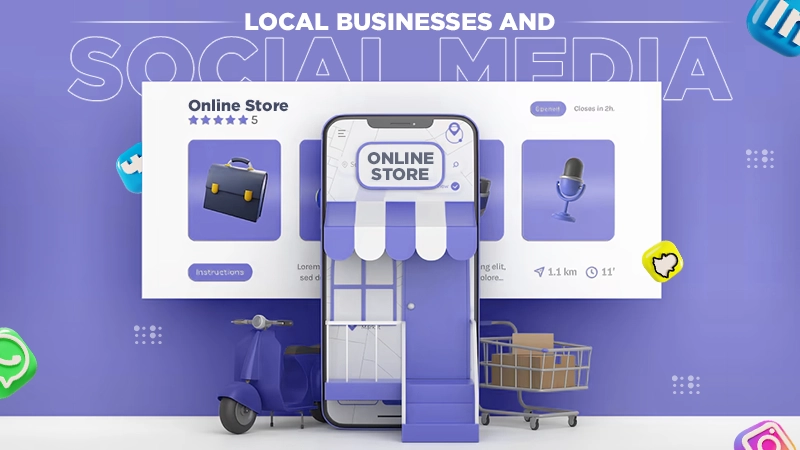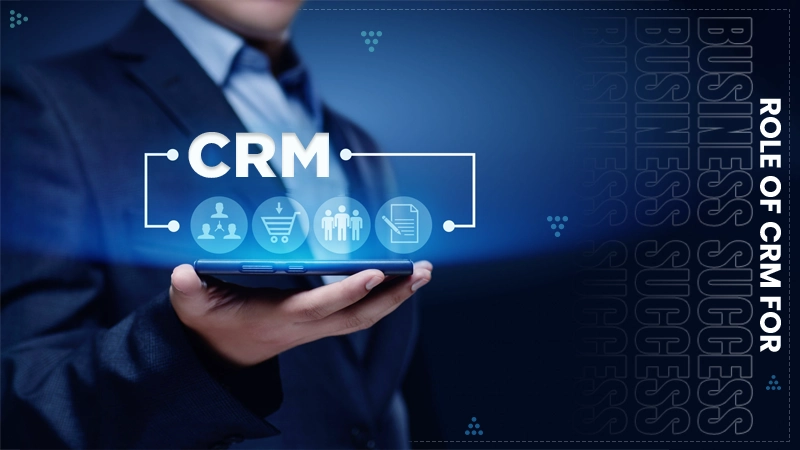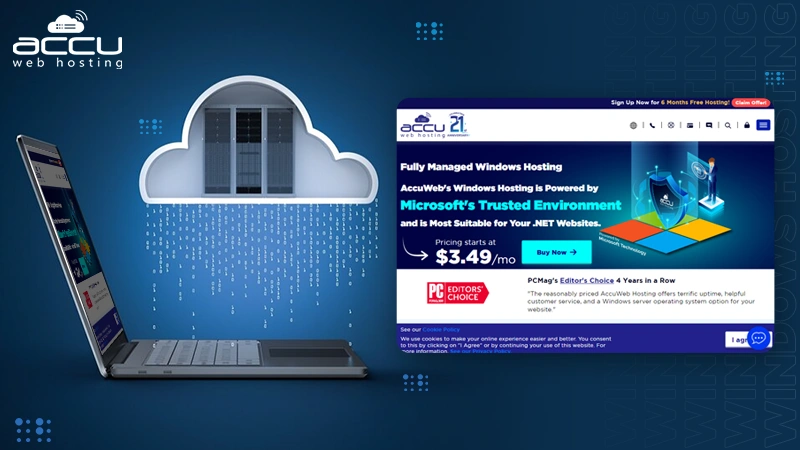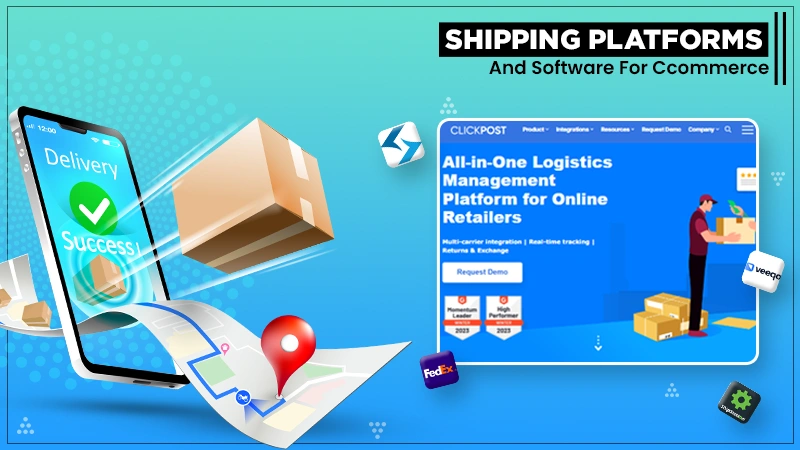The MVP Method: Redefining Modern Business Dynamics

In the world of start-ups, you’d often hear people talking about Minimum Viable Product (MVP).
It is a pretty core concept that is synonymous with how many start-ups approach the concepts of product development and market entry.
Today, MVP is more than just a product with basic functionality. It is a mindset that is centered on finding and fleshing out consumer demands with minimal investment.
MVP is also very important if businesses want to keep up with today’s need for rapid innovation and evolving consumer expectations in the market.
This blog post goes through how MVP is changing modern businesses and how it’s important for companies that specialize in MVP creation, like a dedicated MVP development company.
These companies have focused expertise in one field and are beat at taking advantage of the MVP model to drive business growth and adaptability in a competitive market.
MVP Development Redefined
MVP development means that a company has to come up with a product that is both practical and functional, as well as one that consumers will like.
This is a pretty great way for startups to define the core concept of their company in the early stages.
With MVP development, companies need to focus on the product’s necessary functionalities and offer an effective framework for combining user input.
Simply put, this idea is a far cry from the typical strategy of releasing complete and well-fleshed-out products.
MVP development is all about focusing on what your customers actually want from you and customizing the product to meet their needs.
This method can be pretty nifty for businesses since it reduces risks, assures better resource use, and assists in carving out a strong market position.
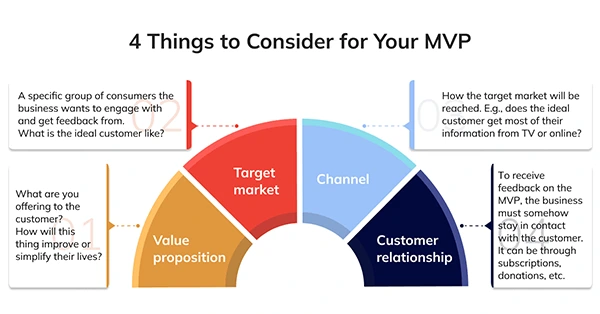
Using MVP to Reinvent Business Strategies
Collaboration with Lean Startup Concepts
If you’re using the MVP model, then you need to know that its core is pretty deeply rooted in a startup model, which needs flexibility and constant changes in the product development process.
This technique allows businesses to avoid the time-consuming process of developing complicated features.
Instead, it allows for quick, short releases to experiment, receive feedback, improve the product, and match the product development efforts with consumer demands.
Extending MVP’s Benefits Across the Board
This model is also pretty beneficial for companies too, as it gives them a realistic path into the market as entrepreneurs, offering a basis for testing ideas and altering strategies with limited resources.
Besides this, the MVP model also gives existing organizations a framework that allows them to be more flexible and in sync with changing market needs, allowing them to explore new concepts and market areas with minimal risk.
MVP as a Business Agility and Growth Driver
MVP also goes beyond just simple development methodologies.
It serves as a catalyst for overall corporate growth and agility.
Companies that focus on MVPs are better set and are also able to respond to market developments pretty quickly
They are also able to find and capitalize on new possibilities and continually make improvements to their products.
Sparking Business Innovation with MVP
MVP is also important for companies because it allows them to achieve innovative problem-solving and provides a platform for continual learning.
This is pretty much the basis for a company that wants to be the best in its sector.
- Inspiring Creative Ideas: MVP helps teams come up with ideas while they work with limited resources.
- Accelerating Idea Validation: It also allows for the rapid testing and validation of market hypotheses, promoting a flexible and responsive approach to product development.
- Utilizing User Insights: Launching the products early in the market cycle can help organizations get direct input from consumers, which also helps in aligning the company’s innovation with customer requirements.
MVP Creation: A Strategic Roadmap
Creating MVP is a pretty hard task that needs a lot of careful preparation and an eye for detail.
This road map shows us the phases of developing an MVP that will stick with your audience.
Concentrating on Core Issues and Audience
The process of MVP begins with you looking for an issue that you want your product to solve, as well as thinking about who will benefit the most from your product.
Doing in-depth market research here guarantees that you’re meeting true market demand and that you fully understand your target audience’s preferences.
Creating a Resonant Feature Set
Next, you need to think about some of the must-have features that will successfully address the stated problem while also offering value to your early users.
In this phase, you need to strip down the product to its core and focus on the things that will matter to the customer.
Iterative Refinement Is A Constant Process
And once the product has made its debut, you need to understand that it’s not over yet.
After the launch, it will be all about decrypting the user feedback and coming up with modifications that can make the product even better.
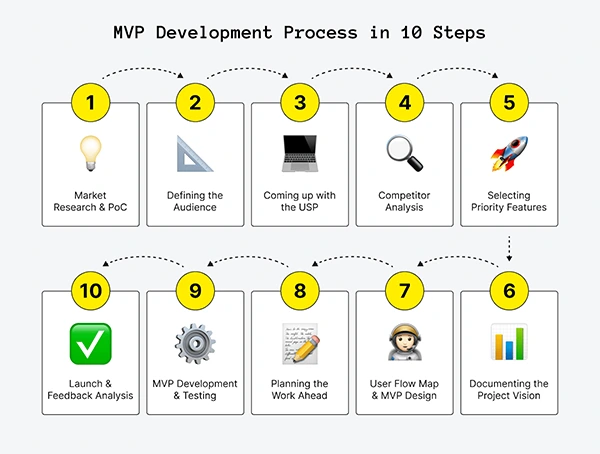
Taking on MVP Development Challenges
Coming up with an MVP has some pretty huge challenges in its way.
A thorough understanding of and confronting these issues is required for a successful MVP journey.
- Finding the correct Balance Between Simplicity and Functionality: Finding the correct balance between a simple design and excellent functionality is necessary.
- Stakeholder and customer expectations must be managed: Transparency regarding the MVP’s objectives and development process is necessary for aligning expectations.
- Making the Most of User Input: It is vital to sift through user input, concentrating on insights that correspond with the key objectives of your product and lead to real changes.
MVP Integration: A Business Strategic Imperative
Including MVP development in your company model is a strategic decision with large rewards that require a shift in corporate attitude and operational processes.
- Aligning MVPs with Business Objectives: Ensure that every MVP effort contributes favorably to your overall business goals.
- Developing an Innovative and Flexible Culture: Encourage a culture of rapid iteration and adaptive planning, which are vital for the success of MVP initiatives.
- Building Supportive Systems: Establish organizational structures that promote quick MVP development, such as excellent teamwork and communication channels.
Including MVP in your business plan may be a significant engine of innovation and long-term prosperity.
MVP: The Doorway to Constant Business Evolution
Adding the MVP development model to your company is more than just a simple decision.
It symbolizes a dedication to a philosophy of continuous improvement and market adaptation.
The best part of MVP is its ability to evolve continuously in response to market developments and consumer input.
Acceptance of the Iterative Process
It is important that you see the MVP model as a project that will be continually modified according to feedback from the customer as well as market knowledge.
This guarantees that the products are more in line with the customer’s expectations and market demands.
Market Readiness in Advance
Staying on top of industry trends and technical advances is necessary for MVP success.
By guessing the changes and modifying your MVP, you put your company as the vanguard of its industry.
MVP development embodies a commitment to continued learning, evolution, and the discovery of new channels for innovation, paving the path for long-term business growth and success.
Also Read: Transforming Business Operations With Modern Inventory Software

